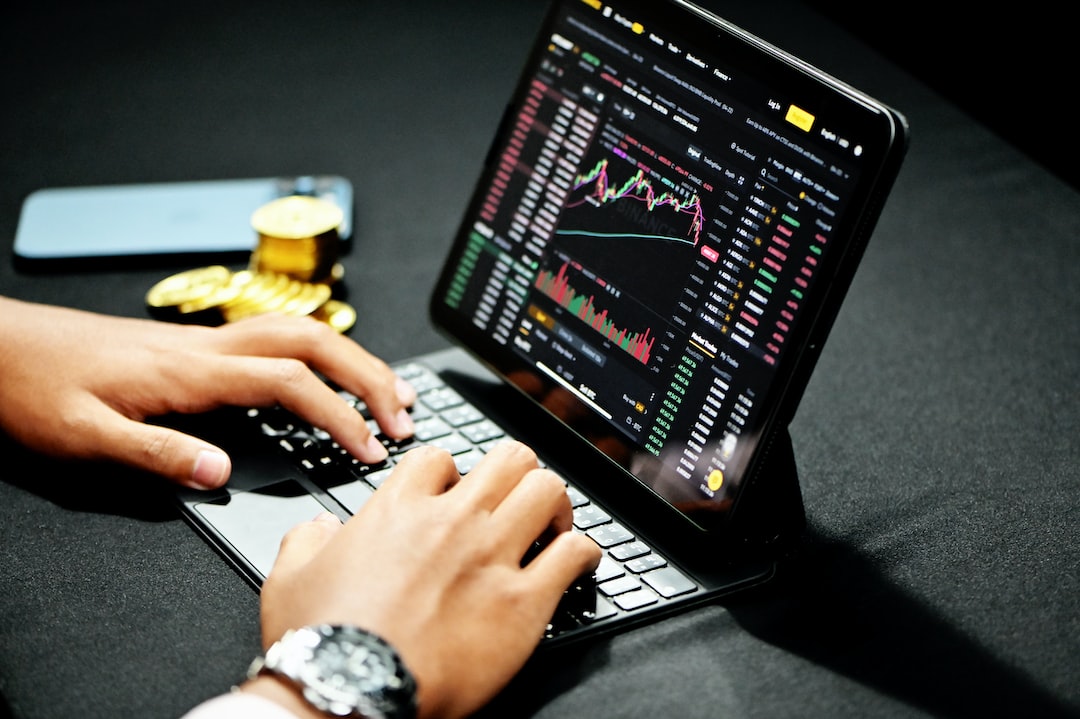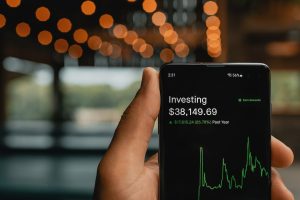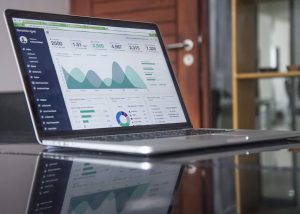Forex bots, also known as automated trading systems, are computer programs that use mathematical algorithms to analyze and trade currency pairs in the foreign exchange market. These bots are designed to make trading decisions based on predefined rules and can execute trades automatically without human intervention. The use of forex bots has become increasingly popular among traders, as they are able to analyze market data and execute orders more quickly and efficiently than humans. Here are the steps to create a forex bot:
1. Define your trading strategy
Before you start creating a forex bot, you need to define your trading strategy. This is the set of rules that will guide your bot in making trading decisions. Your strategy should be based on technical and fundamental analysis, and it should take into account factors such as market trends, support and resistance levels, and economic indicators.
2. Choose a programming language
Once you have defined your trading strategy, you need to choose a programming language to code your forex bot. The most popular programming languages for creating forex bots are Python, C++, and Java. Python is the most popular language because it is easy to learn, has a large community of developers, and has a wide range of libraries and tools that can be used for trading.
3. Connect to a trading platform
To create a forex bot, you need to connect it to a trading platform that provides access to the foreign exchange market. There are several trading platforms available, such as MetaTrader 4, MetaTrader 5, and cTrader. These platforms provide APIs (Application Programming Interfaces) that allow you to connect your bot to their trading servers and execute trades.
4. Collect and analyze market data
To make trading decisions, your forex bot needs to collect and analyze market data in real-time. This includes price data, volume data, and technical indicators such as moving averages, Bollinger Bands, and MACD. You can use APIs provided by trading platforms to collect this data and use statistical analysis tools such as NumPy and Pandas to analyze it.
5. Implement your trading strategy
Once you have collected and analyzed market data, you need to implement your trading strategy in code. This involves defining the rules that your bot will use to make trading decisions based on the market data. For example, you may define rules such as “buy when the 50-day moving average crosses above the 200-day moving average” or “sell when the RSI (Relative Strength Index) is above 70”.
6. Test your forex bot
Before deploying your forex bot to the live market, you need to test it thoroughly to ensure that it is working correctly. You can use backtesting software to test your bot on historical market data and evaluate its performance. Backtesting involves running your bot on historical data and simulating trades to see how it would have performed in the past.
7. Deploy your forex bot
Once you have tested your forex bot and are satisfied with its performance, you can deploy it to the live market. You can do this by connecting it to your trading platform and setting it to execute trades automatically based on your predefined rules. It is important to monitor your bot’s performance and make adjustments as necessary to ensure that it is working effectively.
In conclusion, creating a forex bot requires a solid understanding of trading strategies, programming languages, and market data analysis. It is important to thoroughly test your bot before deploying it to the live market and to monitor its performance to ensure that it is working effectively. With the right approach and tools, a well-designed forex bot can be a powerful tool for automating trading decisions and improving the efficiency of your trading operations.





